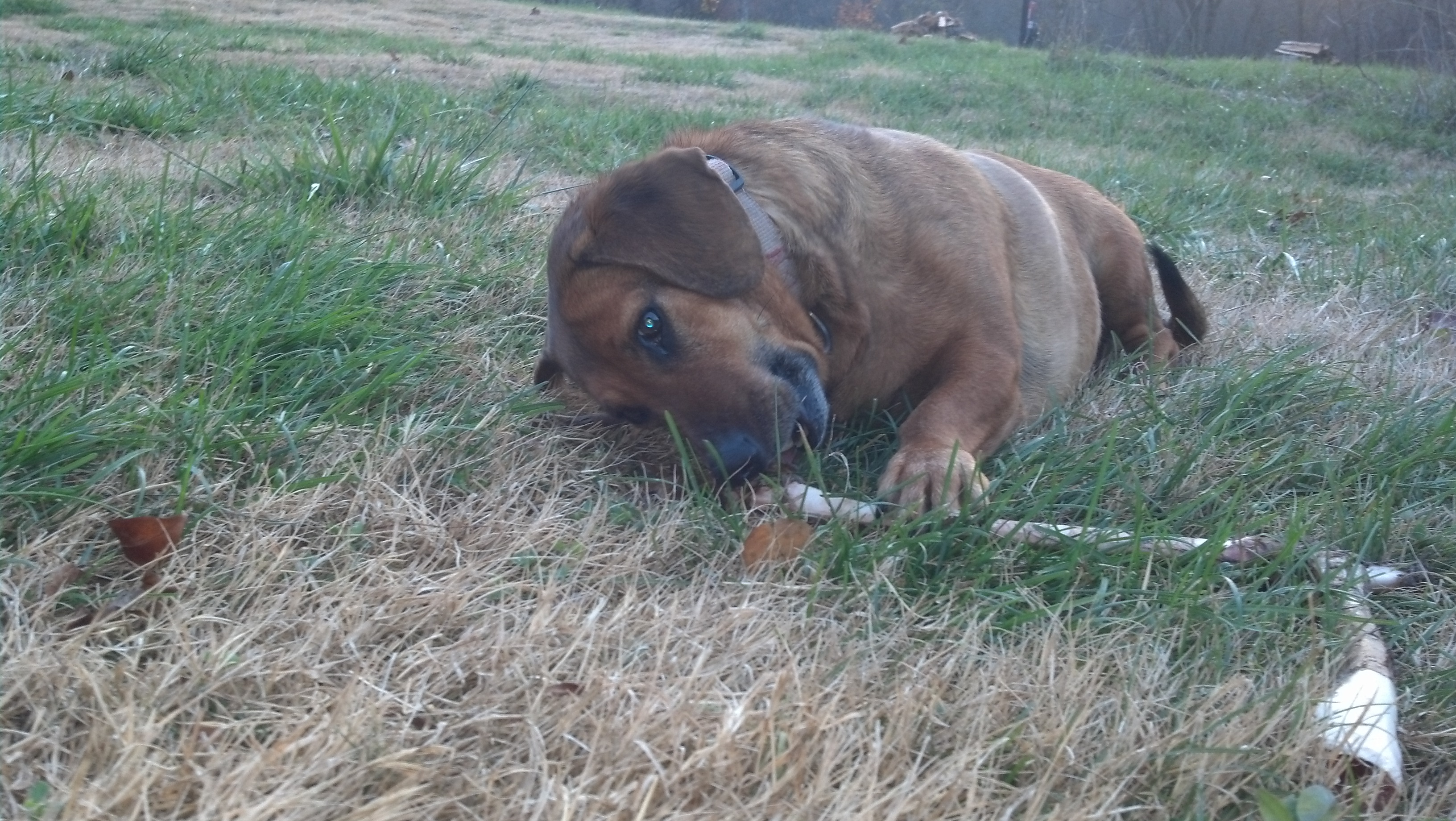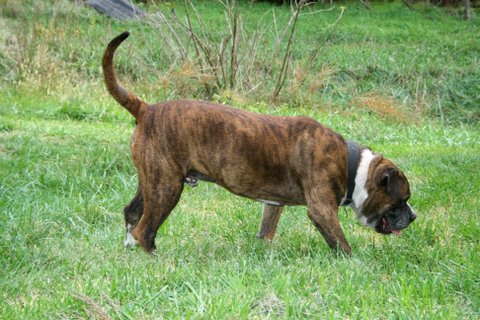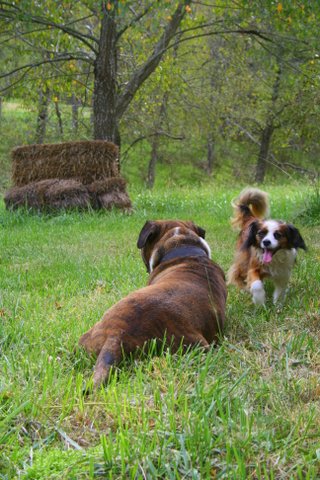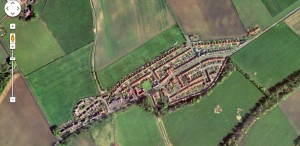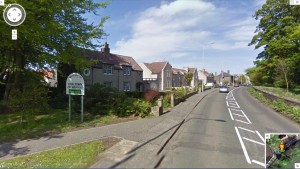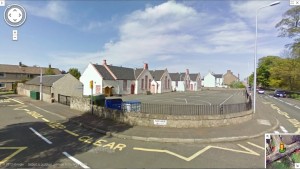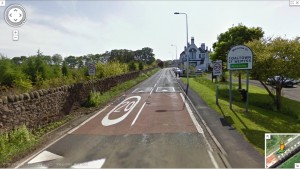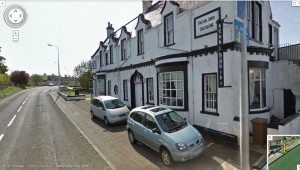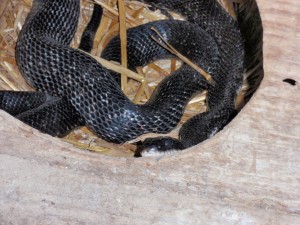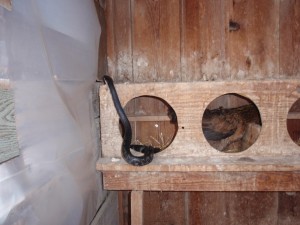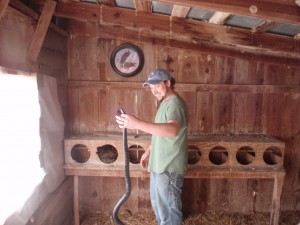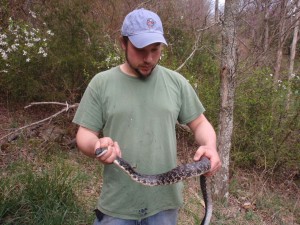What was it today? 70 degrees? Felt even warmer. This kind of weather confuses me, and I’m not the only one. I just saw a large bat flying around outside. I saw bees a couple of days ago and moths yesterday. The dogs have ticks on them.
Overpowered
I have mentioned before my admiration for John A. Sealander, Professor of Zoology at the University of Arkansas at Fayetteville and his 1979 book A Guide to Arkansas Mammals. I know very little of the man, except that his descriptions of mammals in Arkansas helped fuel in me an intense interest in Arkansas wildlife. I purchased the book in Fayetteville at the age of twelve while with my Aunt Linda Weems. I bought three books that day with money earned from delivering newpapers and all three books are prized possessions to this day.
Dr. Sealander sometimes comes to mind when I am puzzling over something in his realm of expertise. I was perusing old newspapers today when I came across the following in the May 9, 1866 edition of the Little Rock Daily Gazette newspaper. It says:
A negro man was attacked and eaten up by wolves in Arkansas, a short time since. He had defended himself with a knife which he had used in slaughtering hogs, and killed five wolves before he was overpowered.
I bring attention to this 146 year old paragraph because I’d like to know if it is true. Many modern writers on wolves would, I have no doubt, dismiss it as a fabricated event because as they often repeat, wolves do not attack humans. I know too little about wolves to have an opinion on this story, but I am curious what Dr. Sealander might have to say about it.
Sometimes They Do Get It Wrong
Pilot Knob Conservation Area
I had occasion to visit the 1,360 acre Pilot Knob Conservation Area near Carr Lane, Missouri. I hiked a portion of the winding 2.7-mile trail on a cold and blustery day (nearby Berryville, Arkansas recorded 47 mile per hour wind gusts.) What I saw was beautiful, but similar to the hillsides and hilltops here in and around the hollow, with big trees and rocky outcroppings. Under a crossing overhead power line I noticed a couple of fields of turnips and lots of signs (scat) of coyotes on the hiking trail. I wonder what species in particular the turnip food plots are for?
Ninety percent of the Pilot Knob Conservation Area is forested, while the remaining bits are Ozark glades or glade restoration projects. Ozark glades are naturally occurring savannah-like openings in the forest, where the specialized habitat allows certain species to flourish. The glades I am familiar with are very rocky and dry, almost like a desert, with species you might expect only in the desert, such as prickly-pear cactus, scorpions, tarantulas and lots of lizards and butterflies. I am sure there is more to it, but that is my impression from the local glades I have seen. Like other openings, Ozark glades are often overrun by that aromatic but invasive bully, the Eastern Red Cedar. Ozark glades in a natural state would burn off periodically, keeping the ambitious red cedar in check.
The glade restoration project I saw in the Pilot Knob Conservation Area seemed to be just passed the stage of opening up the forest with cutting, bulldozing and burning, leaving big oaks thinly spaced. I wonder if they’ll do much planting of glade grasses and wildflowers and such? Obviously, restoring an Ozark glade to its natural state will take awhile to get right. Interesting.
I’m Not Much of a Birdwatcher
I’m not much of a birdwatcher, I mean I do it, and I enjoy it, but I don’t know much of what I am looking at. But I have noticed with winter time the influx of new birds. Some birds are easier to spot than others.
For instance, I saw my first bald eagle of the winter the other day. I was told years ago that the bald eagles arrive from the north just as our turkey buzzards go south, so I always wondered if the two events were linked. Turkey buzzards are large birds, with wing spans of six feet. I read once of a turkey buzzard eating carrion and a bald eagle took an interest. It swooped down several times, telling the buzzard to move along. When it didn’t the eagle became impatient and grabbed it and killed it.
The last few years there seems to be several buzzards that stay near the hollow year round. Of course, these may be black buzzards that I am seeing, a bird we didn’t formerly have around here much. Though not as big as the turkey buzzard, I’ve read that the black buzzard is much more aggressive, even killing new born calves on occasion. As far as I can determine, the turkey buzzard doesn’t kill.
And geese have been flying overhead for quite some time. I heard some just yesterday, though there were more a month ago passing than now. I know the geese are headed south, but that is not the direction I see them going overhead. They more often than not are flying from west to east or east to west. I’m sure they know what they are doing.
Speaking of birds, a couple of days ago I heard our rooster, Russell Crowe, making a racket, so I watched and he gathered up the hens and took them all inside the chicken coop. It was only with all the chickens out of sight did I notice a big hawk with a white chest up in a tree. It swooped down out of the tree, over the chicken yard, passed the barn and into the top of a big tree. A red-tailed hawk, I assume.
The Deer Woods
Big Man Chandler Looking Good
The Big Man is Inside
The leaves are turning nicely and the nights can be quite cool, so we decided after all these years that The Big Man should come in the house at night. The Big Man is Chandler, our resident tiger-stripe brindle Bullmastiff that was abandoned several years ago and ended up in the hollow with us. We do not know what his name was previously but since his arrival he answered to Big Man though he also quickly learned his name as Chandler.
We call him Big Man because he is pretty big, though not huge. He tips the scales at about 110 pounds, but just looks like a big dog. With his wide chest and massive head he appears bigger than many dogs that are more sizeable.
We also do not know Chandler’s age, but Bullmastiffs are a short-lived animal, often only lasting six or eight years. He is arthritic in his hips and shoulders and sometimes has trouble getting around, except when trouble strikes. If the coyotes get too close at night or a strange vehicle shows up at an odd time, he goes into protection mode and the years melt away. Adrenaline is an amazing chemical and the transformation can be impressive. Chandler will stand in such a way with his elbows out and his head high and pulled back to display his thick, muscular neck that his size seems to increase and he looks quite intimidating. He saves his “big dog bark” for just such occasions and I have seen the littler dogs hide behind him in scary situations.
But The Big Man is mostly a polite sweetheart. With his British ancestry and self-effacing ways, we imagine him as a proper English gentleman speaking in a rural English accent, wearing a flat cap and plaid vest and smoking a long-stemmed pipe. He would say, “Dear boy, pass those biscuits this way. That’s a good lad.”
When it cools down in the evening, he comes in the house and heads straight to his big pillow about eight feet inside the front door. He does not leave it for any reason. Occasionally he will stand and turn in circles finding a more comfortable position, but he has never once attempted to explore the house. He is so polite that he would not wander even with an engraved invitation. And he can sleep, sometimes twelve hours at a stretch.
So hopefully Chandler is enjoying what may be his end stage of life. We hope he carries on for many years to come but recognize the grim possibilities. Though he no longer accompanies me on hikes in the woods, he is still as loyal and remarkable as ever, whether he is warning coyotes to stay away or just curled up in his bed, his snoring vibrating the floor.
The Coaltown of Wemyss
I recently embarked on a tour of the Coaltown of Wemyss, a Scottish village in Fife. How did I do this, you ask, without even leaving the hollow I call home? Simple, I took advantage of the Street View function on Google Maps, a quick and easy (and cheap) way to cyber-travel. Long ago I crossed the Forth Rail Bridge going north out of Edinburgh and was not that many miles from the Coaltown of Wemyss, but did not then know of it’s existence.
Here is an aerial view of the Coaltown of Wemyss, courtesy of Google Maps. As you can see, it is quite neat and attractive…and not too large. The last estimate I saw put the population at 590.
If you come from Dysart or Kirkcaldy to the west on the A955, this is what greets you upon arrival. Watch your speed, the limit is 20 mph.
If you follow this route, you will see on your left in the center of the village the Primary School. Attendance at this school is approximately 70 students from both the Coaltown of Wemyss and the smaller West Wemyss.
There are several side streets to explore on both the left and right before reaching the eastern end of the village. The A955 continues on to the larger village of East Wemyss and then Buckhaven.
If instead of coming from Kirkcaldy you arrived on the eastern end of the Coaltown of Wemyss, this is what you would see.
Ahead on the right you see the Earl David Hotel. If you plan to stay the night in the Coaltown of Wemyss, this is where you would book your room.
The Earl David Hotel is named for an Earl of Wemyss who happened to have the name David. It has six guest rooms, serves breakfast and has a bar. Or is it a pub?
My understanding is that the Coaltown of Wemyss dates back to at least 1645, so this village has some history. As the name indicates, this place has long been associated with coal mining which was once the area’s main industry. Interesting for a place of this size, I read that there has never been a church in the Coaltown of Wemyss.
Time to return to the hollow. I hope you enjoyed this quick drive through the Coaltown of Wemyss.
Babysitting Chicks
Milton Masters
I recently purchased this 1912 postcard of Milton Masters. It grabbed my attention because Milton Masters once owned this hollow. He bought it as part of a rugged 300-acre parcel in 1927, land that became well known locally as the Masters Farm. He lived in the hollow for many years, building two houses (the first one burned down) and his barn here. I do not know what year he left Arkansas, but my understanding is that he continued to own the farm until his death in Ilinois in 1982.
The postcard shows Milton Wright Masters at the age of 15 in October 1912. This must have been a very significant year in his life as his father, George Washington Masters, had just died in August.
Snake Extraction Service
The newest residents of the hollow are Mr. Crowe (I call him Russell) and his many hens.
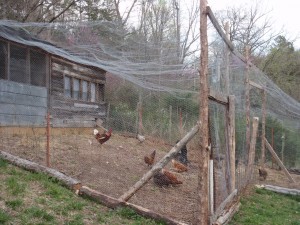 Checking the hen’s nests, I found a surprise visitor snacking on eggs. Decisively, I reached my hand into my pocket and pulled out my phone and called the Snake Extraction Service.
Checking the hen’s nests, I found a surprise visitor snacking on eggs. Decisively, I reached my hand into my pocket and pulled out my phone and called the Snake Extraction Service.
While the Black Rat Snake was busy swallowing eggs, an unhappy hen clucked up a storm, demanding use of the nest. With the arrival of the Snake Extraction Service, the snake made a hasty retreat.
Slowed by the four or five eggs in its stomach, this snake was no match for the quick, capable hands of the Snake Extraction Service.
Not only does the Snake Extraction Service capture snakes, it also relocates them.



